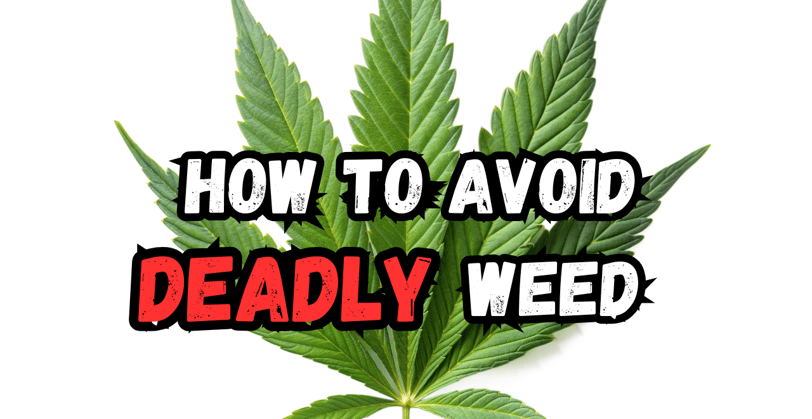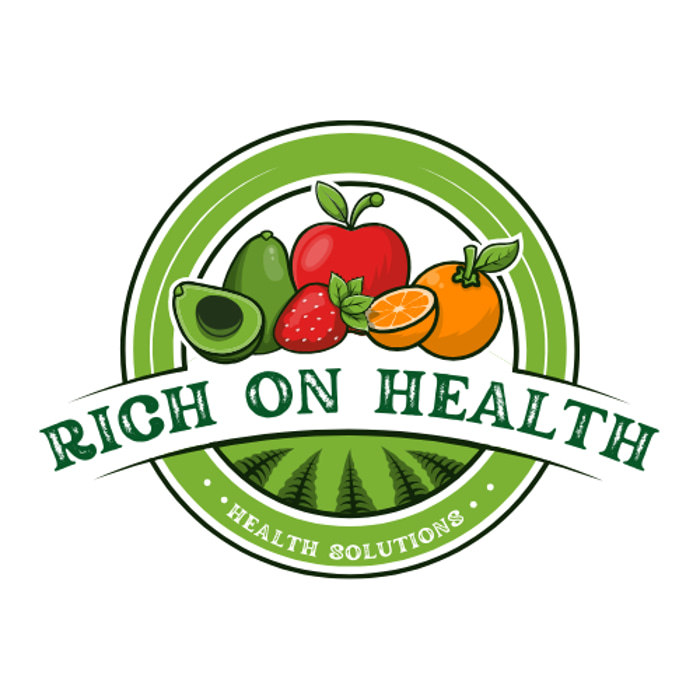Are Cannabis Products Poisoning Us?
Let's take a look at some DEADLY important things to consider if you're a user of cannabis products.
PRODUCT WARNING
4/25/20253 min read


Are Cannabis Products Poisoning Us? A Deep Dive into Contamination, Testing, and Safer Use
Cannabis and hemp are often considered the same, as both are varieties of Cannabis sativa, yet hemp contains minimal THC. They both, however, have the remarkable ability to absorb toxins from the environment—a process known as phytoremediation. This characteristic of hemp has been harnessed globally to cleanse polluted sites, including areas affected by nuclear disasters and heavy metal contamination. This occurred notably in the aftermath of the Chernobyl nuclear melt down of 1986, whereby industrial hemp was planted to clean up radioactive isotopes that leaked into the soil and ground waters. When phytoremediation is done for toxic cleanup, after the plants have absorbed the maximum amount of contaminants, they are typically incinerated and destroyed, because they cannot be used for anything else, however, in the case of cannabis, which is consumed commercially, its ability to uptake the toxins of the soil, and additives used during growing, creates serious concern for those consuming cannabis products.
Unveiling the Toxins in Cannabis
Cannabis plants are known to accumulate various contaminants, notably heavy metals like lead and cadmium. Cadmium, for example, has a half life of 12 to 30 years, and is classified as a highly toxic, type 1 carcinogen, affecting our immune system and various other bodily systems. Lead also affects immune system T cell half-life and function. Lead and cadmium both accumulate in the body over time, increasing long-term health complications, causing damage to the kidneys, liver, bones, and altering our DNA through their carcinogenicity. A study published in Environmental Health Perspectives revealed that marijuana users had significantly higher levels of these metals in their blood and urine compared to non-users. During cultivation these toxins can infiltrate the plant through contaminated soil, water, additives used, and even the air.
The concentration of toxins varies across cannabis products. Flower products may contain pesticides and microbial contaminants if not properly cultivated and processed. Concentrates and extracts, due to their processing methods, can harbor residual solvents and higher concentrations of heavy metals. Edibles, while generally safer in terms of inhalation risks, can still carry contaminants if made from tainted extracts.
The Patchwork of Cannabis Testing Across States
Cannabis testing regulations in the United States are inconsistent, varying significantly from state to state. States like California, Colorado, Oregon, Massachusetts, and Nevada have established comprehensive testing protocols, including checks for potency, pesticides, heavy metals, and microbial contaminants. In the state of California, for example, they test for arsenic, cadmium, lead, mercury, microbes, pesticides, cannabinoid potency, and moisture content, however, other states may have less stringent or differing requirements, leading to a fragmented regulatory landscape, and the possibility you might be buying toxic cannabis products.
This lack of uniformity poses challenges in ensuring product safety. Without federal oversight, consumers are left to navigate a complex market where the safety and purity of cannabis products can vary widely depending on the jurisdiction. The absence of standardized testing protocols means that some products may bypass rigorous safety checks, increasing the risk of exposure to harmful contaminants.
Strategies for Safer Cannabis Consumption to minimize exposure to toxins:
• Know your cannabis. Opt for Products from Reputable Sources: Purchase cannabis products from licensed dispensaries that provide third-party lab testing results, ensuring transparency about product contents.
• Consider Consumption Methods: Inhalation methods, such as smoking or vaping, can lead to higher absorption rates of contaminants like heavy metals, however, a low temperature vaporizing of lab-tested, low toxin cannabis, may be favorable to other methods. Edibles may offer a safer alternative, though they are not risk-free, as they may be made with a concentrate that concentrated the heavy metals and pesticides into them.
• Stay Informed About State Regulations: Understand your state’s testing requirements and advocate for stricter safety standards to ensure the availability of clean cannabis products.
• Support Organic and Sustainable Cultivation: Products grown using organic methods are less likely to contain harmful pesticides and may have lower levels of heavy metals.
As the cannabis industry continues to evolve, prioritizing consumer safety through rigorous testing and transparent practices is essential considering cannabis’ unique ability to uptake toxins during growing. By staying informed and making conscientious choices, cannabis consumers can enjoy the benefits of cannabis while mitigating potential health risks.
SOURCES
https://pmc.ncbi.nlm.nih.gov/articles/PMC8912475/
https://www.healthline.com/health/hemp-vs-marijuana
https://ehp.niehs.nih.gov/doi/full/10.1289/EHP12074
https://www.leafly.com/news/industry/leaflys-state-by-state-guide-to-cannabis-testing-regulations
